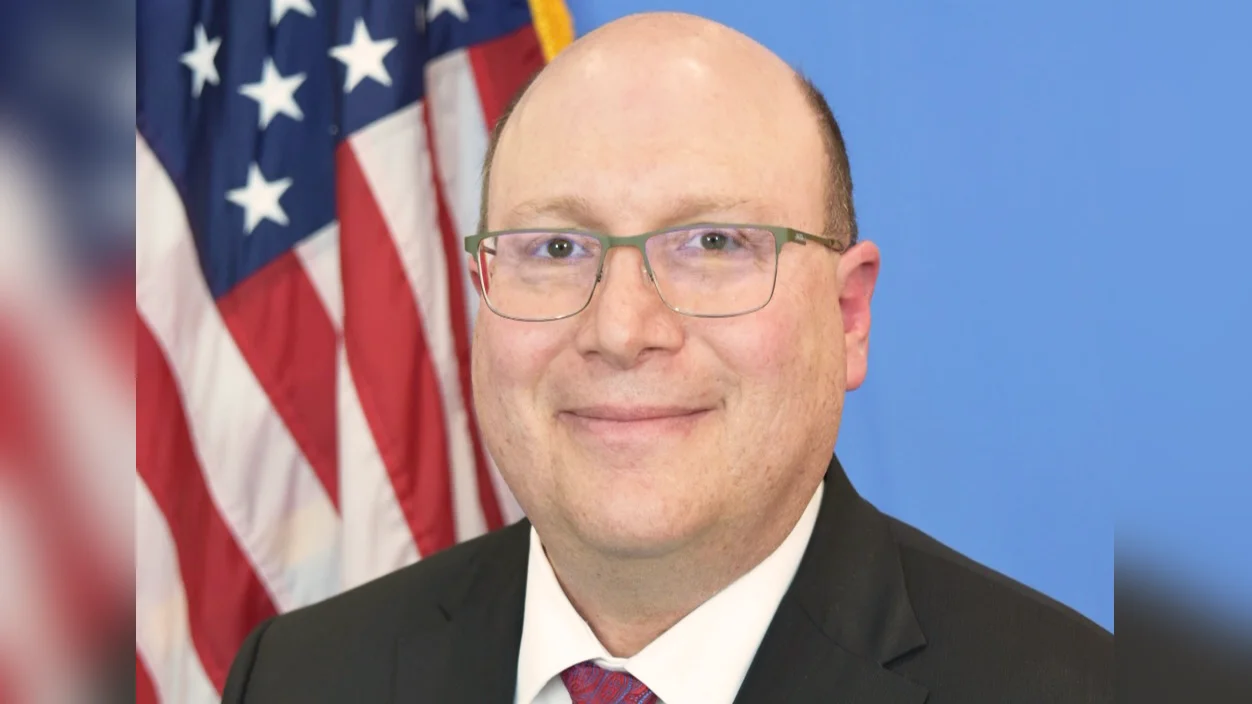Thank you, Chair. Across the United States and throughout the world, tens of thousands of people are building an enduring legacy of deep space exploration that will be felt by generations to come and go well beyond the microcosm of our planet. We are in a new age, where nations explore the cosmos to better understand our place in the universe. Nations see and enjoy the benefits of going to space, both directly and indirectly – they see the scientific advancements, how their national capabilities can grow, and how space serves as an economic catalyst.
Chair, with the Golden Age of America, we are on the verge of a new Golden Age of science and discovery as well – and we will not fail. This new age calls for better consultation and increased collaboration, both across national borders and between governments and commercial industry. To this end, we appreciate this Committee’s work under the Action Team on Lunar Activities Consultation (ATLAC). The goal of the Action Team is to enhance consultations for activities on or around the Moon. One of the ways we can do this is by improving information sharing while enhancing transparency and building cooperation among nations and the private sector.
Chair, 55 countries have now signed the Artemis Accords, which established a common framework to guide space exploration cooperation. The Accords are grounded in the Outer Space Treaty and other agreements including the Registration Convention and the Rescue and Return Agreement. They embody best practices for responsible behavior that NASA and its partners have supported, including transparency, interoperability, and the public release of scientific data.
Chair, we have embarked on a historic effort of human space exploration. NASA’s Artemis Campaign demonstrates our ability to push the boundaries of human achievement. Artemis II will soon launch an international crew around the Moon. By accelerating next-generation commercial systems and expanding international cooperation, we can truly unlock humankind’s ability to explore among the stars. The James Webb Space Telescope is just one example of our space exploration efforts. Skilled scientists and engineers from 14 countries contributed to Webb, which in May 2025 discovered particles of water-ice in the frozen Kuiper Belt. NASA is leveraging human space exploration in low-Earth orbit with commercial and international partners to enable missions to the Moon, Mars, and beyond. The International Space Station serves as a springboard for developing a space economy while providing a platform to harness groundbreaking scientific advances possible through experiments in low-Earth orbit's microgravity environment. The United States continues investing in future space science exploration for both American people’s benefit as well as internationally.
Chair, science technology knowledge gained from exploring Moon Mars will expand humanity reach fuel innovations improve life Earth must continue work together historic effort inspire next generation reach further.
Thank you Chair.

